How To Read Wind Speed On A Weather Map
How to read wind speed on a weather map
How to read wind speed on a weather map - A combination of longshort barbs and pennants indicate the speed of the wind in station weather plots rounded to the nearest 5 knots. Wind Speed When winds are 2 mph or less a. Wind speed is indicated by the shorter lines called barbs which extend from the longer line.
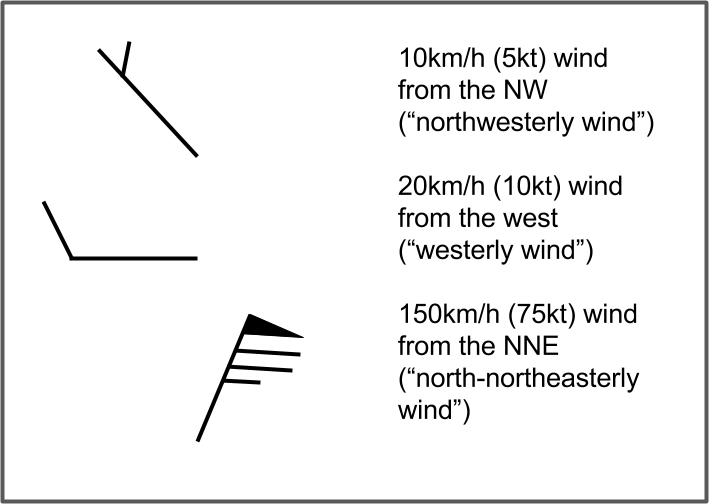 5b Interpreting Winds From Weather Maps
5b Interpreting Winds From Weather Maps
A short feather represents a 5 mph average wind speed.

How to read wind speed on a weather map. In weather terms this means the pressure pattern fronts wind direction and speed and how they will change and evolve over the coming few days. Located in the top right corner of each data map shows the general wind direction and speed for each sampling period. A flag represents 50 knots a line is 10 knots and a half line is 5 knots.
Wind barbs point in the direction from which the wind is blowing. The circular format of the wind rose shows the direction the winds blew from and the length of each spoke around the circle shows how often the wind blew from that direction. Click on Wind Maps from the left menu bar.
Wind barbs are the most visible portion of a station plot. For those unfamiliar 10 knots is equivalent to 12 mph. As can be seen some winds line up nicely with the isobars and others are almost at right angles to them.
Indicates winds from the Northeast. They tell you the speed and direction of winds at the station. Calm wind is indicated by a large circle drawn around the skycover symbol.
Wind direction In terms of the wind direction in the northern hemisphere air moves around high pressure in a clockwise direction and low pressure in an anticlockwise direction so isobars on a weather map indicate the direction and speed of the wind as well as the pressure. A long feather equals 10 mph. A single long line full line or feather represents 10 knots 1150 mph.
Temperature pressure and winds are all in balance and the atmosphere is constantly changing to preserve this balance. The long part of the wind arrow shows the direction. Isobars play a major role in determining the speed and direction of wind.
To read air pressure on a surface analysis weather map check for isobars iso equal bar pressure plain curved lines that indicate areas of equal air pressure. The wind speed is determined by adding up the total of flags lines and half-lines each of which have the following individual values. These feathers show wind speed adjusted to the nearest 5 mph increment.
A cold front can bring cold temperatures torrential rains and high wind speeds. So a post with a flag a line and a half line would indicate 50 10 5 65 knots. The lines and flags on the post indicate the wind speed in knots.
On a weather map a cold front is usually drawn using a solid blue line with triangles pointing in the direction of the warm air that will be replaced. S 5-10 mph would indicate a wind blowing at 5-10 mph from. The wind scale inset in the top left of the chart helps you to forecast wind speed.
The barb always points in the direction from which the wind is blowing. The higher the resolution the more accuracy and detail of the forecast. Wind speed is measured in knots 1 knot 115 miles per hour and is always rounded to the nearest 5 knots.
WIND Wind is plotted in increments of 5 knots kts with the outer end of the symbol pointing toward the direction from which the wind is blowing. A pennant or flag is used to show a 50-mph wind speed. Cold fronts typically move from northwest to southeast.
The result is that an east wind for example would cause a balloon to follow a westerly bearing and regarding your specific example Wind. A fully blackened triangle pennant or flag on the barb represents 50 knots 5750 mph of wind speed. The symbol highlighted in yellow in the diagram above The wind barb indicates the wind direction and wind speed.
By clicking on the forecast resolution you can view the maps at 50 kilometer 8 kilometer and 1 kilometer resolution. All maps can be zoomed and panned to view the incredible detail in the high resolution forecasts. A single short line half line or feather represents 5 knots 575 mph of wind speed.
When isobars enclose an area of high pressure this is called a High or anticyclone and its centre is labelled on a weather map by an H. One long barb is used to indicate each 10 knots with the short barb representing 5 knots. Wind Direction Wind speed is indicated by feathers added to the top of the staff.
 Wind Speed Weather Map Symbols Google Search Map Symbols Weather Map Weather Symbols
Wind Speed Weather Map Symbols Google Search Map Symbols Weather Map Weather Symbols
The Art Of The Chart How To Read A Weather Map Social Media Blog Bureau Of Meteorology
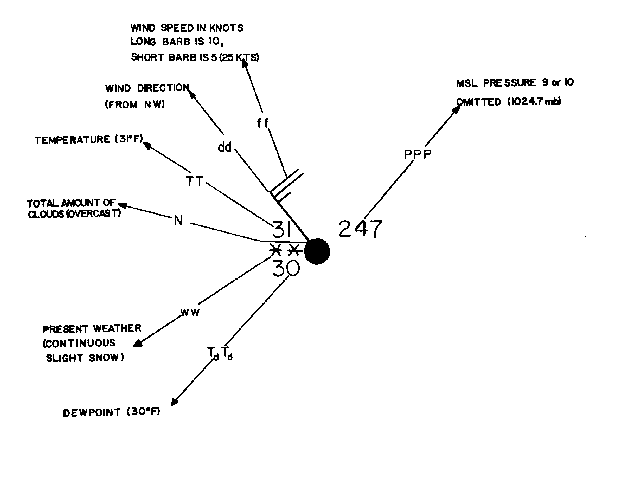 Surface Weather Analysis Chart
Surface Weather Analysis Chart
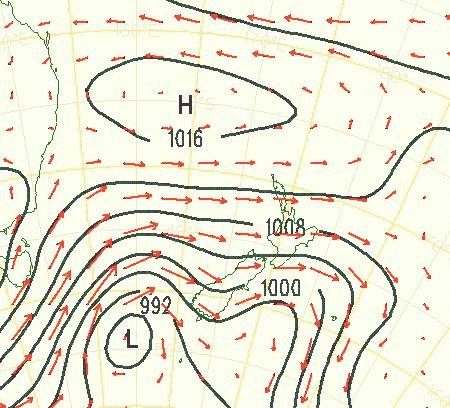 How To Read Weather Maps About Metservice
How To Read Weather Maps About Metservice
 Reading Wind Direction Ktb Weather Education
Reading Wind Direction Ktb Weather Education
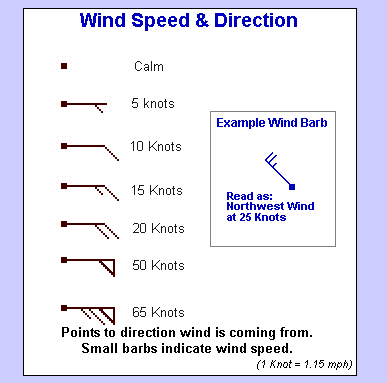 National Digital Forecast Database Definitions
National Digital Forecast Database Definitions
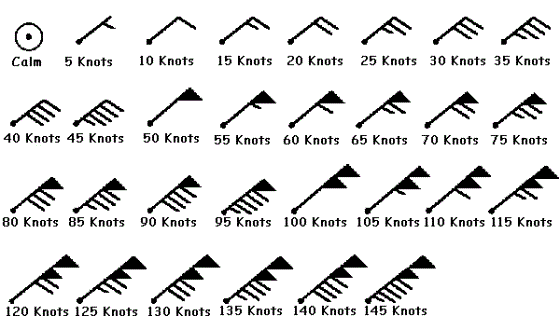 Mapping Wind Barbs To Show Speed And Direction By Mapbox Maps For Developers
Mapping Wind Barbs To Show Speed And Direction By Mapbox Maps For Developers
 How To Read Wind Barbs 7 Steps With Pictures Wikihow
How To Read Wind Barbs 7 Steps With Pictures Wikihow
 Can You Read A Weather Map Weather Map Weather Science Meteorology
Can You Read A Weather Map Weather Map Weather Science Meteorology
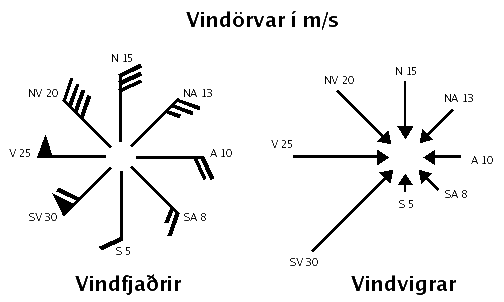 Instructions On Using Wind Precipitation And Temperature Forecasts Articles Icelandic Meteorological Office
Instructions On Using Wind Precipitation And Temperature Forecasts Articles Icelandic Meteorological Office
Observed Winds Represented By Wind Barbs
 How To Read Wind Barbs 7 Steps With Pictures Wikihow
How To Read Wind Barbs 7 Steps With Pictures Wikihow
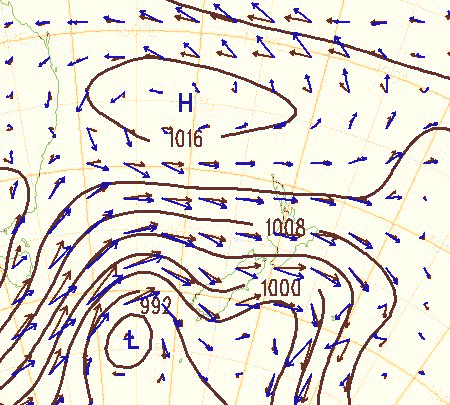 How To Read Weather Maps About Metservice
How To Read Weather Maps About Metservice
Observed Winds Represented By Wind Barbs
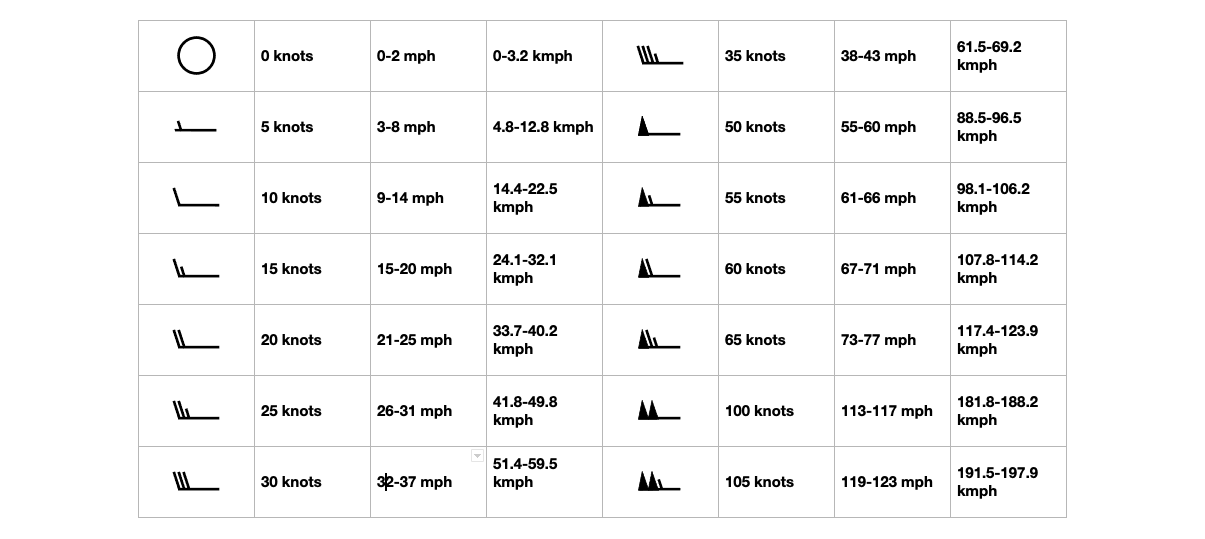 Learn To Read Wind Barbs Wind Speed And Direction Symbols Windy App
Learn To Read Wind Barbs Wind Speed And Direction Symbols Windy App
 Weather Determining Direction Of Wind On Weather Map Youtube
Weather Determining Direction Of Wind On Weather Map Youtube
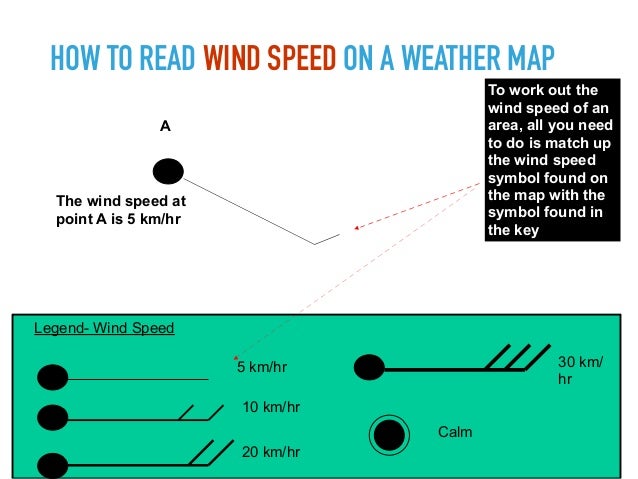 Wind Direction Synoptic Chart Cogsima
Wind Direction Synoptic Chart Cogsima
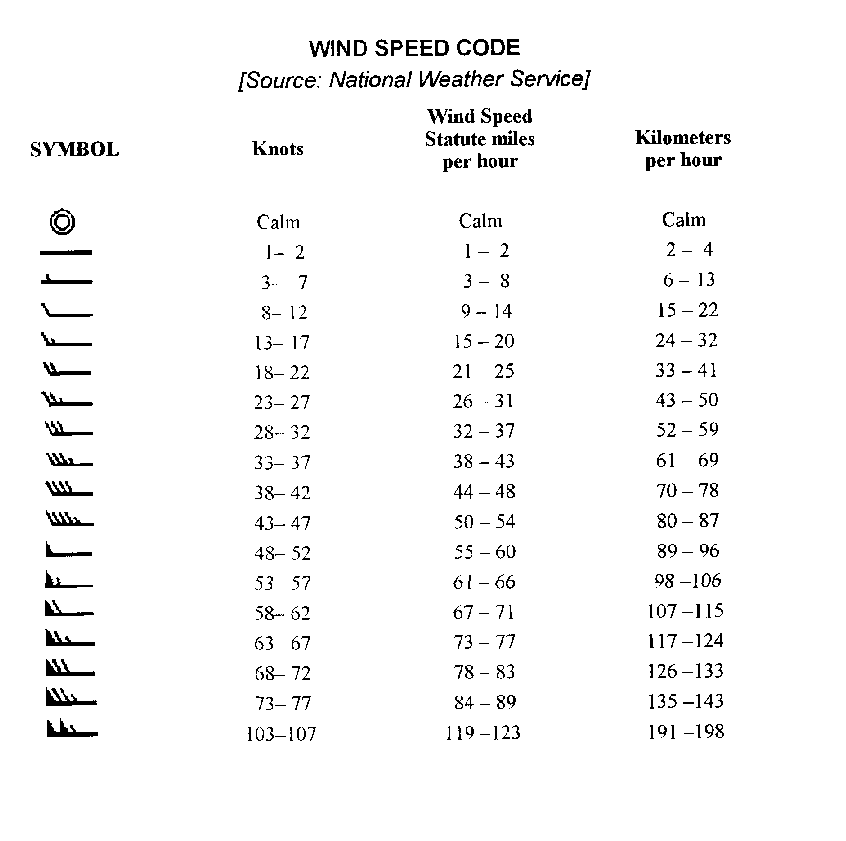 Surface Weather Analysis Chart
Surface Weather Analysis Chart
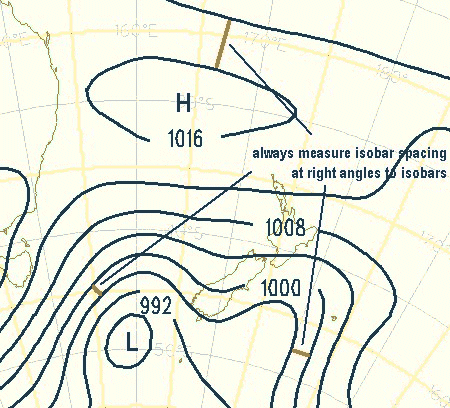 How To Read Weather Maps About Metservice
How To Read Weather Maps About Metservice
Https Encrypted Tbn0 Gstatic Com Images Q Tbn And9gcrfvsdwkdwibudsplzeyfo9e36f6msn2j5m7 4fnibrrx Tuddw Usqp Cau
:max_bytes(150000):strip_icc()/stationplot-58b740273df78c060e194bdc.gif) How To Read Symbols And Colors On Weather Maps
How To Read Symbols And Colors On Weather Maps
 Wind Forecast Weather Map For South Africa Gfs 500 Hpa Pressure
Wind Forecast Weather Map For South Africa Gfs 500 Hpa Pressure
Mrbuckleyslrtwiki Task 3 How To Read A Weather Map
:max_bytes(150000):strip_icc()/windsymb2-58b7401b5f9b5880804c9f35.gif) How To Read Symbols And Colors On Weather Maps
How To Read Symbols And Colors On Weather Maps
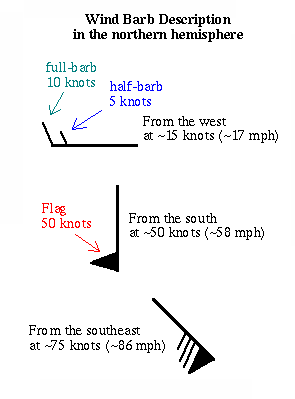
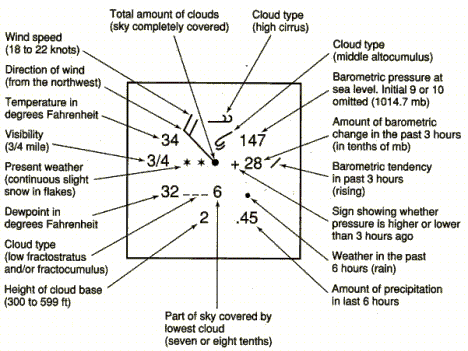
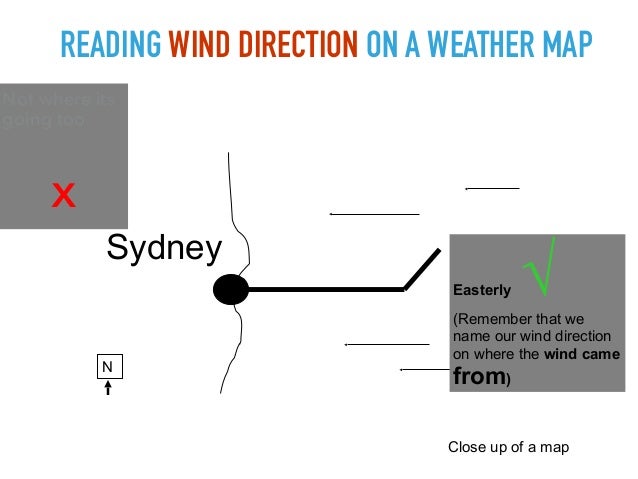
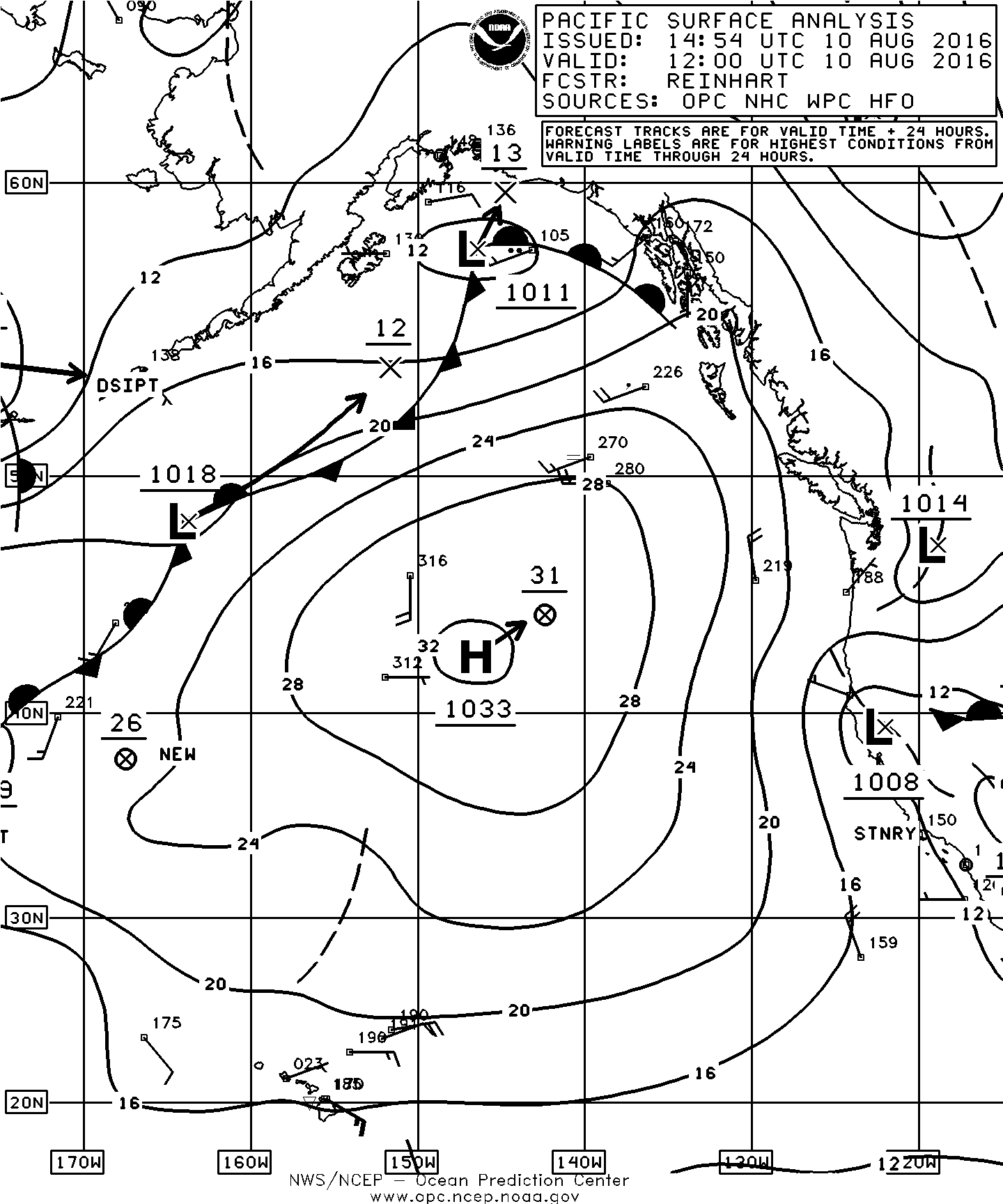

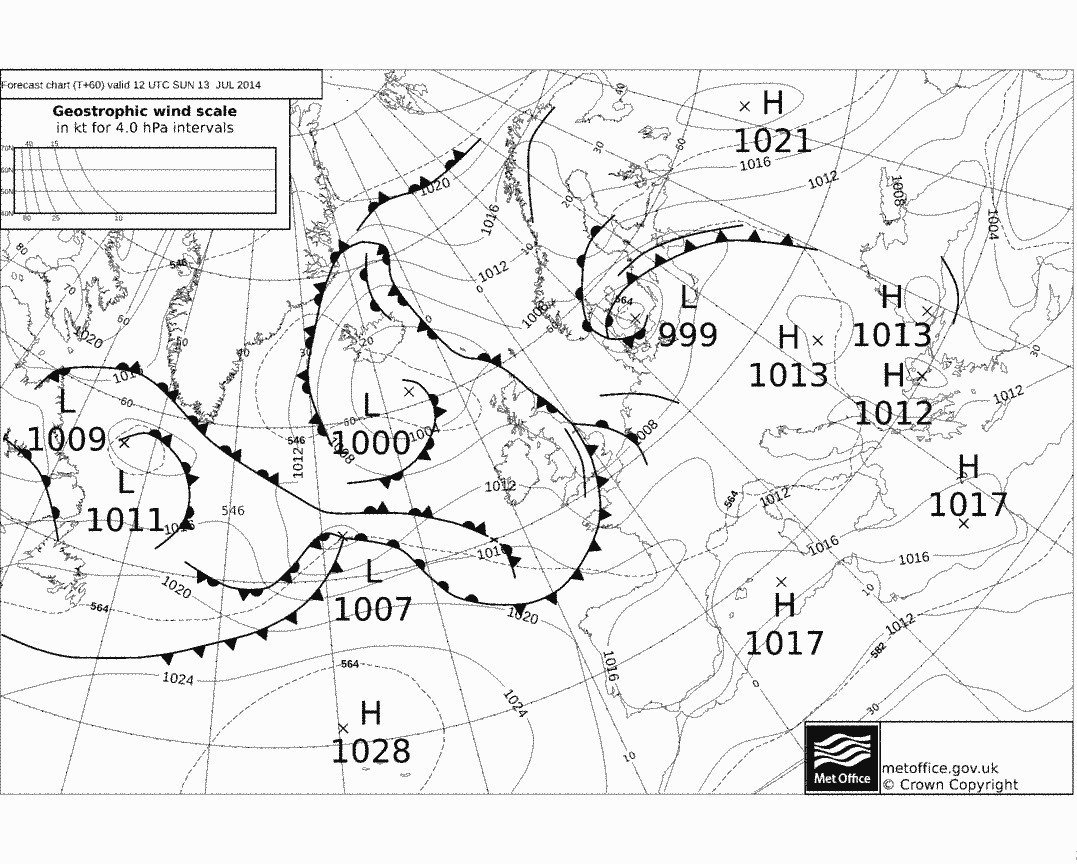
0 Response to "How To Read Wind Speed On A Weather Map"
Post a Comment